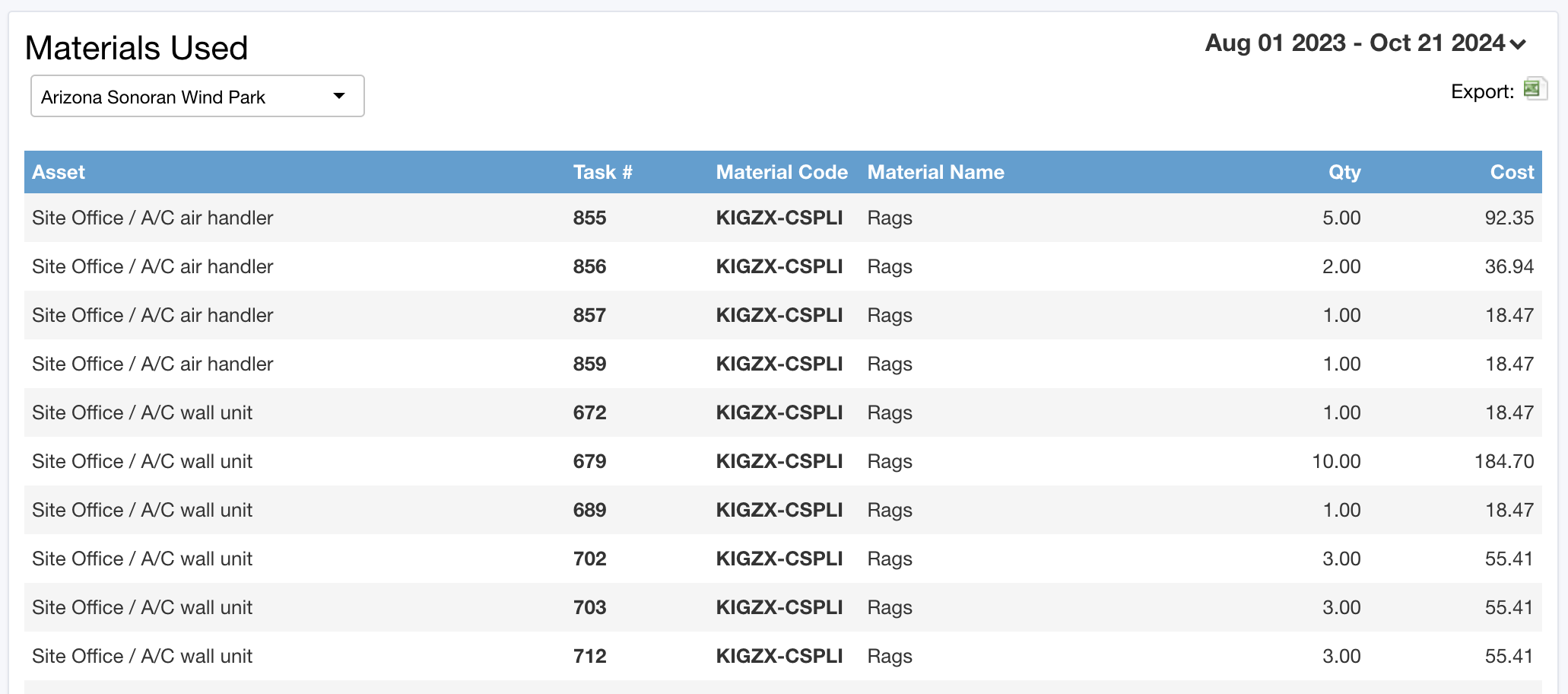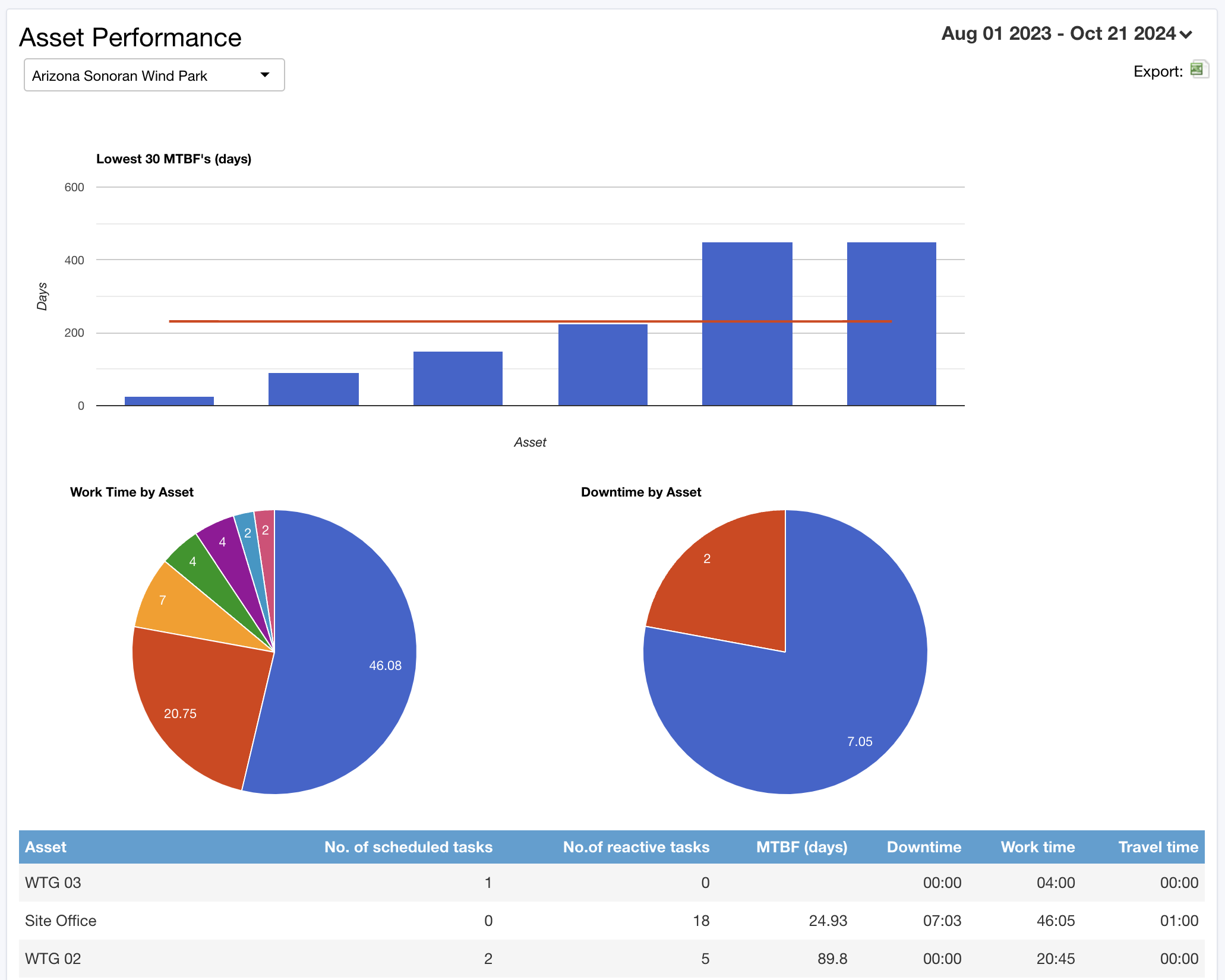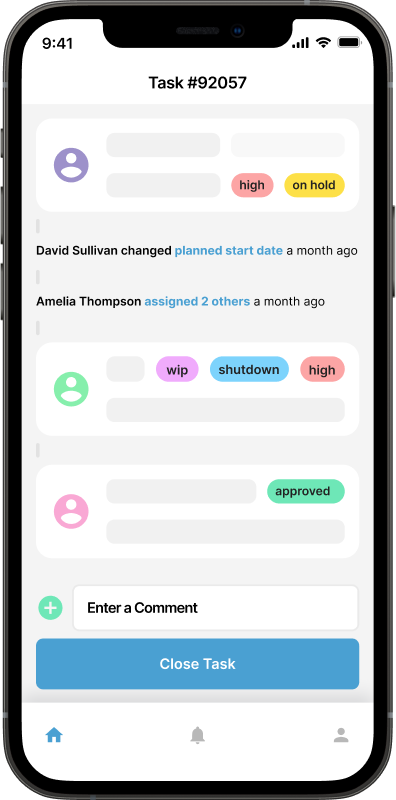These Key CMMS Metrics are Indicators of Asset Health

A Computerized Maintenance Management System (CMMS) plays a pivotal role in managing analytics for maintenance operations, helping organizations make data-driven decisions to enhance efficiency, reduce downtime, and optimize asset performance. Here's a breakdown of how CMMS Software UK manages analytics:
Data Collection:
Asset Information: CMMS collects and stores comprehensive information about each asset, including specifications, maintenance history, and critical data points.
Work Orders: Information related to work orders, such as completion times, parts used, and costs, is tracked and stored in the system.
Inventory Management: CMMS captures data on spare parts, stock levels, and usage, enabling better inventory control and cost analysis.
Performance Metrics:
Downtime Tracking: CMMS records downtime incidents, helping organizations analyze the frequency and causes of equipment failures.
Equipment Reliability: Historical data on asset performance allows organizations to assess the reliability and availability of critical equipment.
Mean Time Between Failures (MTBF) and Mean Time to Repair (MTTR): CMMS calculates and presents key metrics like MTBF and MTTR, providing insights into asset reliability and maintenance efficiency.
Work Order Analytics:
Completion Rates: CMMS tracks the completion rates of work orders, enabling organizations to assess the efficiency of their maintenance teams.
Response Times: Analysis of response times helps identify areas for improvement in addressing critical maintenance issues promptly.
Preventive Maintenance Analytics:
Compliance Rates: CMMS monitors the adherence to preventive maintenance schedules, ensuring that maintenance tasks are carried out as planned to prevent equipment failures.
Cost Savings: By analyzing the effectiveness of preventive maintenance, organizations can identify cost savings resulting from reduced breakdowns and emergency repairs.
Cost Analysis:
Maintenance Costs: CMMS compiles data on labor, materials, and other costs associated with maintenance activities, facilitating cost analysis.
Total Cost of Ownership (TCO): Organizations can assess the TCO of assets, considering acquisition, maintenance, and disposal costs.

Energy Management:
Energy Consumption: For assets with energy usage, CMMS can track energy consumption patterns, aiding in energy management and identifying opportunities for efficiency improvements.
Environmental Impact: Organizations can analyze the environmental impact of maintenance operations, aligning with sustainability goals.
KPI Dashboards:
Customizable Dashboards: CMMS platforms often provide customizable dashboards where users can visualize key performance indicators (KPIs) at a glance.
Real-time Metrics: Users can monitor real-time metrics and track trends to gain insights into maintenance performance and asset health.

Predictive Analytics:
Failure Predictions: Some advanced CMMS systems leverage predictive analytics to forecast potential equipment failures based on historical data and performance patterns.
Prescriptive Analytics: CMMS may offer prescriptive analytics, recommending optimal maintenance strategies to minimize downtime and maximize asset performance.
User Activity Analytics:
User Performance: CMMS can track user activity within the system, helping management assess the efficiency and effectiveness of the maintenance team.
Training Needs: Analysis of user activity can identify areas where additional training may be required to improve the utilization of the CMMS.
Integration with External Systems:
IoT Integration: CMMS can integrate with Internet of Things (IoT) devices to gather real-time data from sensors, providing a more accurate picture of asset health.
ERP Integration: Integration with Enterprise Resource Planning (ERP) systems allows seamless data flow between maintenance and other business functions, enhancing overall analytics capabilities.
In summary, CMMS Software UK manages analytics by collecting and organizing data related to asset performance, maintenance activities, costs, and more. The system facilitates in-depth analysis through customizable dashboards, KPI tracking, and advanced features like predictive analytics. This data-driven approach empowers organizations to optimize maintenance strategies, reduce costs, and improve overall operational efficiency.

